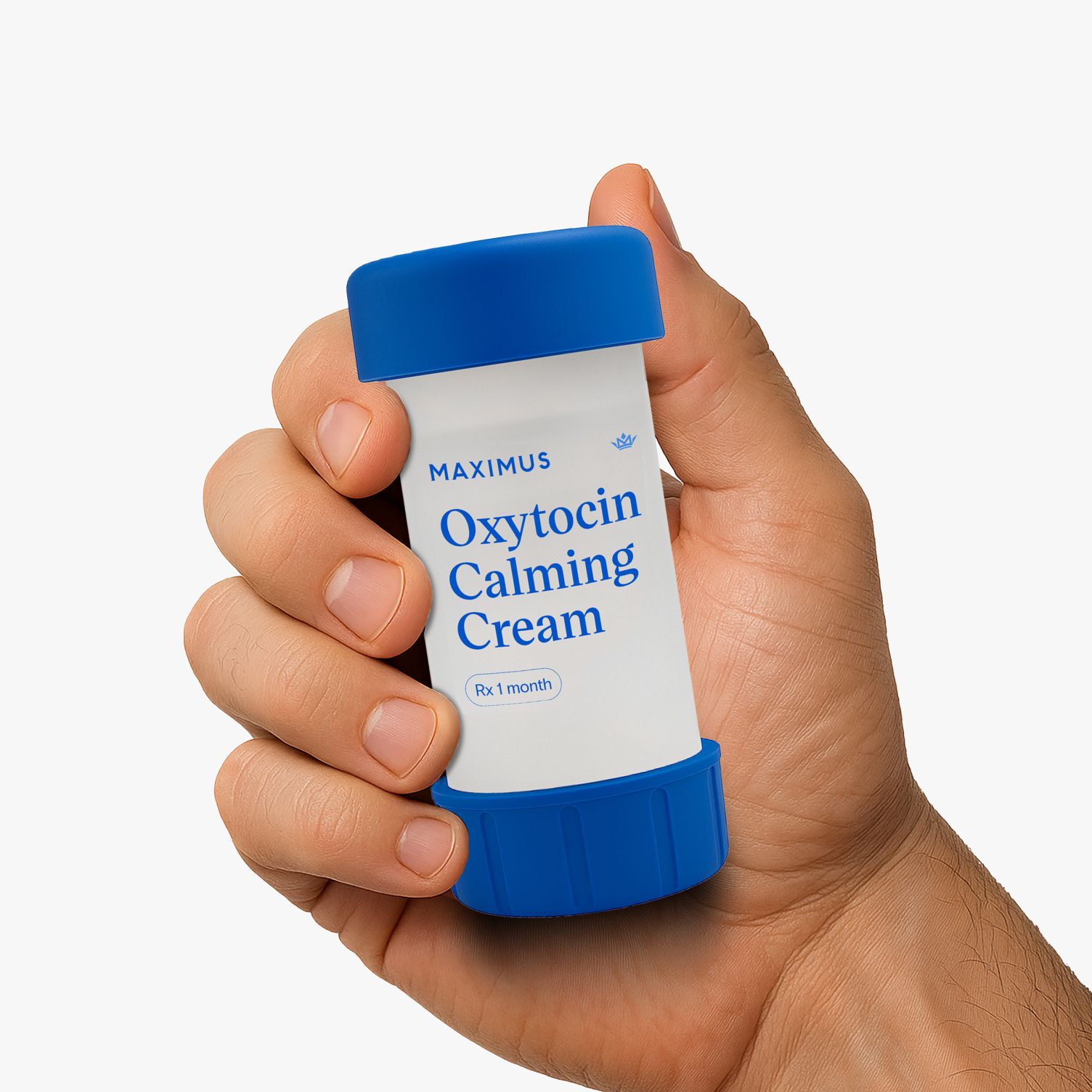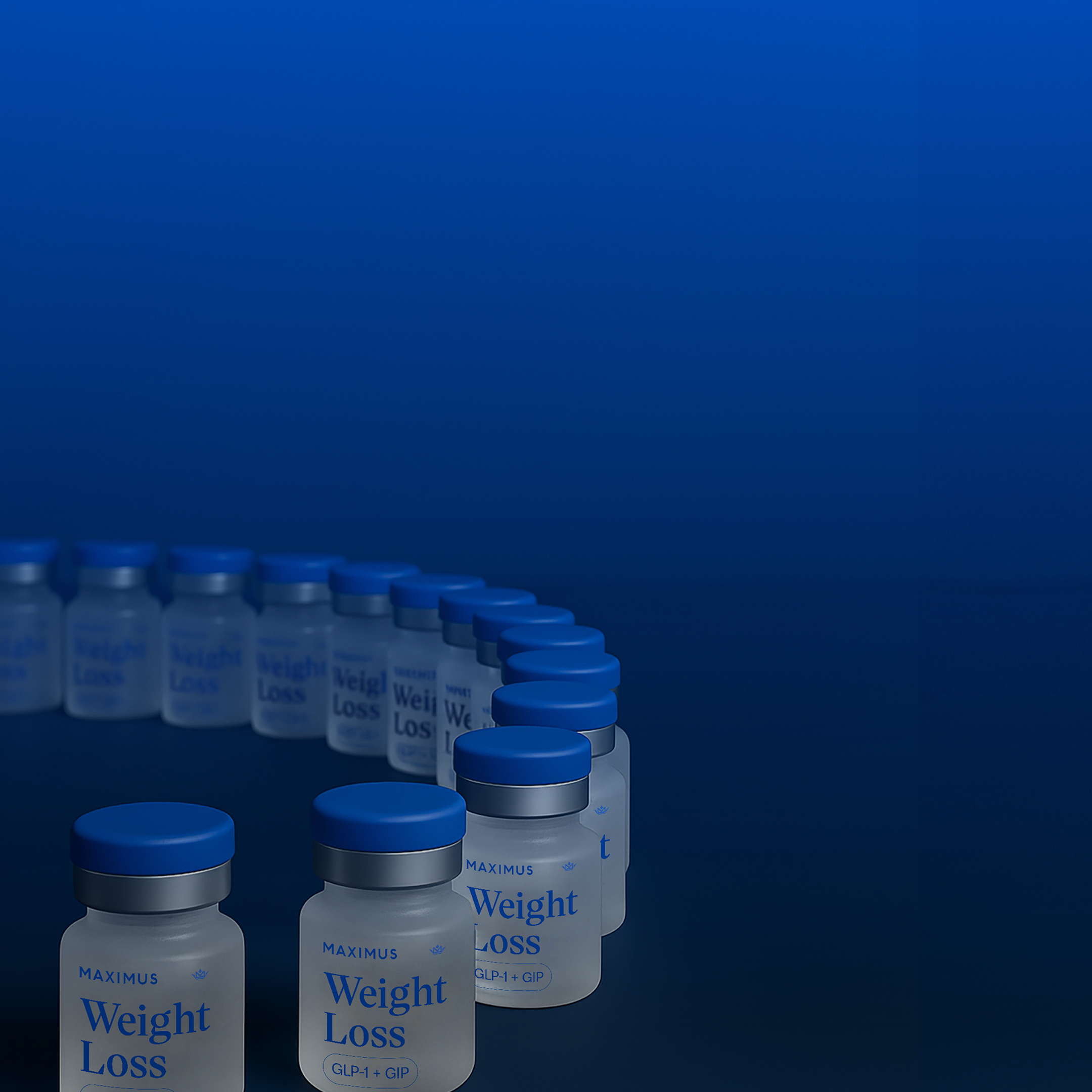By Gabriel Alizaidy, MD, MS
It is 2025, and somehow we are still pretending that 300 ng/dL is a “normal” testosterone level for a grown man.
That number has been used for years as the diagnostic threshold for testosterone deficiency. But it was never based on what is physiologically optimal. It reflects statistical averages pulled from the general population, which includes aging, overweight, sedentary men with chronic diseases.
These ranges are broad by design, meant to capture everyone from the healthiest to the most metabolically compromised. As a result, the lower limit of “normal” is not a reflection of what is ideal for physical or mental performance.
It is simply what happens to be common across a declining population.
This outdated framework continues to be recycled in clinical conversations, especially when guidelines are treated as infallible.
A good example is the 2019 editorial by Du Geon Moon and Hyun Jun Park, titled "The Ideal Goal of Testosterone Replacement Therapy: Maintaining Testosterone Levels or Managing Symptoms?"
Rather than challenge the current standards, the authors lean on them to justify conservative treatment targets. They argue that the “ideal” goal of testosterone therapy is to reach levels between 3 and 5 nanograms per milliliter, or 300 to 500 ng/dL.
This recommendation is not grounded in individualized care. It reflects the same population-average mindset that has kept men undertreated for years.
The problem is not that we care about testosterone levels. The problem is that we are using the wrong reference points, and we are interpreting those numbers without context.
Testosterone values by themselves are meaningless unless they are linked to how the patient feels, functions, and responds to treatment. A number is not a diagnosis. A lab value is not a clinical outcome.
The study "Nationally Representative Estimates of Serum Testosterone Concentration in Never-Smoking, Lean Men Without Aging-Associated Comorbidities" by Platz et al. offers a much more appropriate benchmark.
Using NHANES data, the researchers compared total testosterone levels in healthy men, specifically lean, never-smoking individuals without chronic conditions, against those in the general population.
Among healthy men aged 20 to 39, the median total testosterone was approximately 625 ng/dL. In contrast, the median for all men in that same age group, regardless of health status, was closer to 525 ng/dL, a full 100 points lower.
Despite this, clinical guidelines such as those from the American Urological Association (AUA) still recommend targeting the middle quartile of the reference range, typically 450 to 600 ng/dL, when treating men with testosterone therapy.
This approach defines “success” as getting patients to the midpoint of a flawed average. Even the 625 ng/dL number seen in healthy men is not a ceiling. It is a median, which means half of truly healthy young men have levels higher than that.
And yet, modern medicine continues to treat to the middle, not because it is optimal, but because it is statistically convenient.
Whether it is blood pressure, LDL cholesterol, or eGFR, treatment targets are often based on what is average across a large, mixed population. But average does not mean ideal. It simply means common.
That might be fine for managing risk across millions of people, but it is a poor framework for optimizing the health of an individual patient.
We should not accept average as the goal for testosterone, especially when we know what healthy actually looks like.
Especially now, with the publication of the TRAVERSE study, we have clinical evidence that refutes prior fears about cardiovascular risk. The study, titled "Cardiovascular Safety of Testosterone-Replacement Therapy," demonstrated that testosterone therapy does not increase the risk of major adverse cardiac events in men with hypogonadism who are at high cardiovascular risk.
This is a turning point. There is no longer a scientific justification for undertreating patients due to outdated safety concerns.
At Maximus, we believe in treating the individual, not just the number. We base testosterone targets on what healthy physiology actually looks like and combine this with validated symptom tracking.
We use the quantitative ADAM (qADAM) questionnaire, a validated tool introduced in "The Quantitative ADAM Questionnaire: A New Tool in Quantifying the Severity of Hypogonadism" by Mohamed et al.
This instrument evaluates key areas such as libido, energy, mood, strength and endurance, enjoyment of life, work performance, sports performance, and erectile function.
It replaces the binary yes or no format of earlier tools with a graded scoring system, allowing for quantifiable, trackable symptom improvement over time.
Maximus integrates qADAM and NHANES-informed lab targets into a comprehensive clinical approach.
We do not treat testosterone levels in isolation. If a patient presents with testosterone levels around 380 ng/dL but is experiencing symptoms consistent with testosterone deficiency, they are not automatically disqualified from treatment.
A licensed provider performs a full clinical evaluation, including symptom severity, lab results, medical history, and individual risk factors, before making any therapeutic decisions.
Treatment is only offered when it is medically appropriate. Lab values help guide care, but patient outcomes are what drive it.
Patients do not come to us asking for a lab value. They come because something is off. They want to feel sharper, stronger, more energetic, and more confident.
They want results, not reassurance that they are technically within range.
Modern testosterone therapy must be driven by outcomes. The numbers are important, but only when they are tied to real-world function and quality of life.
We do not treat to be average. We treat to restore health.
If you're ready to rethink what testosterone therapy should look like, learn more at Maximus.
References
- Moon, D. G., & Park, H. J. (2019). The Ideal Goal of Testosterone Replacement Therapy: Maintaining Testosterone Levels or Managing Symptoms? Journal of Clinical Medicine, 8(3), 362. https://doi.org/10.3390/jcm8030362
- Platz, E. A., Barber, J. R., Chadid, S., Lu, J., Dobs, A. S., Kanarek, N. F., ... & Rohrmann, S. (2019). Nationally Representative Estimates of Serum Testosterone Concentration in Never-Smoking, Lean Men Without Aging-Associated Comorbidities. Journal of the Endocrine Society, 3(10), 1759–1770. https://doi.org/10.1210/js.2019-00151
- Mohamed, O., Freundlich, R. E., Dakik, H. K., Grober, E. D., Najari, B., Lipshultz, L. I., & Khera, M. (2010). The Quantitative ADAM Questionnaire: A New Tool in Quantifying the Severity of Hypogonadism. International Journal of Impotence Research, 22, 20–24. https://doi.org/10.1038/ijir.2009.35
- Lincoff, A. M., Bhasin, S., Flevaris, P., Mitchell, L. M., Basaria, S., Boden, W. E., Cunningham, G. R., et al. (2023). Cardiovascular Safety of Testosterone-Replacement Therapy. The New England Journal of Medicine, 389(13), 1174–1185. https://doi.org/10.1056/NEJMoa2215025





